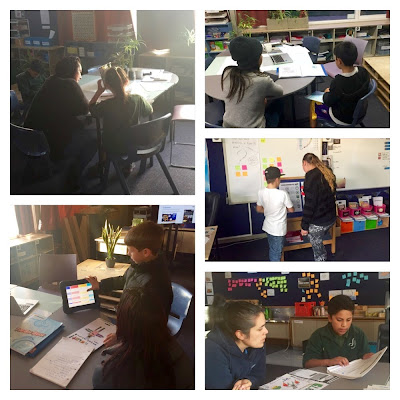The reason for these projects is to give us time each week to spend developing our independent inquiry skills working on projects that are of special interest to us. This is our take on some education initiatives that are becoming popular in many schools, like 20Time and Genius Hour. Click on the links if you are interested in reading more.
All of us have completed a basic overview of our intended interest project, including 2 or 3 driving research questions, the resources we will require, and our current thoughts on how we may share our learning.
Throughout our IP journey, we are required to:
1. Create a plan and communicate our intended learning direction (completed).
2. Keep others informed about our progress (Which we are all doing via an IP blog. Some of us are using our existing USpace blogs, but most of the class have decided to set up a new Blogger blog specifically for our IPs).
3. Share our learning with the class (This may come in many forms).
Nearly all of our IPs have links to our Looking Back to Look Forward theme, so many of us will be making links to the learning we have already been engaged in this term.
Our next steps are to develop timetables for allocating time to our IPs during the week in class and to begin gathering our required resources. We will also add our IP blog links to this blog, so you may like to read about our individual learning journeys as they unfold.
 |
| Setting up our new IP blogs on Blogger was exciting for many of us. We look forward to sharing them. |













